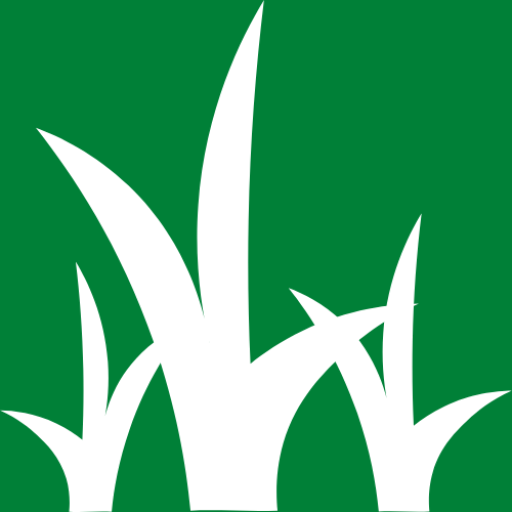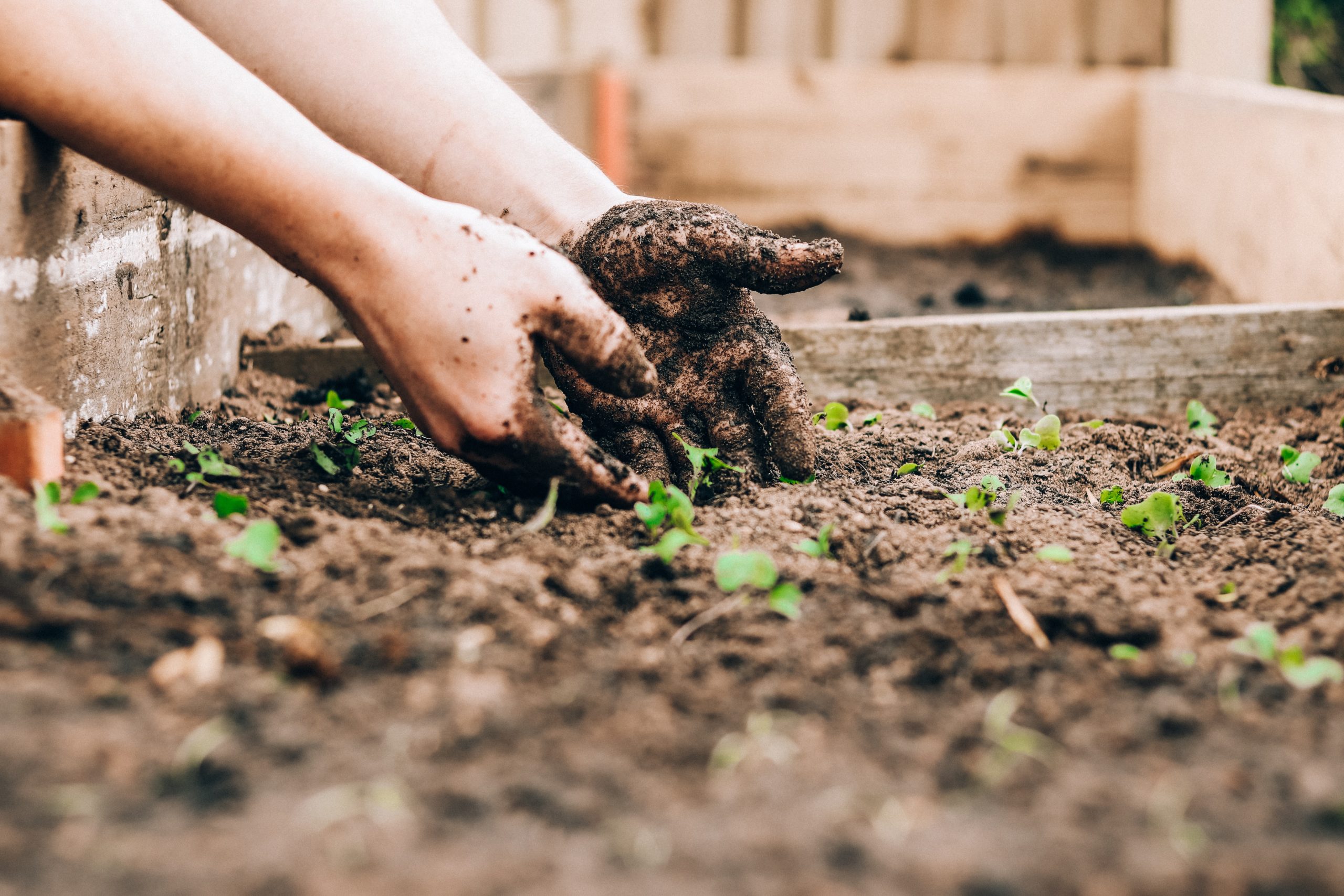Home gardening has been an increasingly popular pastime and hobby in recent years. According to research, home gardening is at an all-time high in America right now. Eight out of ten homes in the United States engage in some form of home gardening activity. Home gardening is clearly one of the most popular recreational activities in the country, based on the number of individuals that engage in it.
Most individuals who try their hand at home gardening plant flowers; at least, they begin with flowers. Roses are likely to be the first thing that comes to mind for any gardener, but they require extra time and effort and should be reserved for previously gardened individuals. There are numerous flowering plants, including bulbs, perennials, and annuals.
Another popular trend in home gardening is edible plants. The reward of consuming edibles is maybe the finest part about them. There are an infinite number of edible plants that gardeners can grow at home. Potatoes, peas, corn, carrots, squash, and cucumber are some of the most prevalent edible plants in the vegetable world. Fruits such as watermelons, tomatoes, peaches, plums, apples, pears, and apricots are popular among gardeners. Small fruits like strawberries, blueberries, and raspberries demand less work and space, making them ideal for home cultivation. Herbs, which are mostly used as spices in cooking, are becoming increasingly popular; among the most popular are basil, thyme, oregano, parsley, and cilantro. One of the most important things to keep an eye out for while planting edibles is insects and illness; after all, you don’t want to lose out on healthy plants’ feast.
Many people are unaware that landscaping is a type of home gardening. Landscaping encompasses a wide range of gardening disciplines. You can even define grass mowing as landscaping! Keeping with the grass theme, landscaping almost often includes decorative grasses, which are fantastic because they don’t require much maintenance. Monkey grass, pampas grass, buffalo grass, flame grass, and decorative millet are examples of grasses. Landscaping encompasses plant life and anything done to a yard for decoration, such as adding pebbles or stones, putting in a small pond, statues, or a waterfall.
There isn’t much distinction between gardening at home and gardening elsewhere. Plants must still be planted in a suitable location. The plants still require water and the same nutrients. Nobody should be afraid of doing their own gardening. Don’t give up if you decide to try home gardening and discover that you lack a green thumb. Get some information, do some gardening research, and do it again the following planting season.
How to Get Started Gardening
When it comes to gardening, remember to start small. A compact plant bed, around 25 or 30 feet square, is ideal, with enough room for 30 plants. This will allow you to test your green thumb, and if you enjoy your garden, you can always expand and increase your plantings.
The following step is to select a location. Gardening must be done in a location that receives at least six hours of direct sunlight. Stay at least three feet away from any fences or structures and away from huge trees that will absorb your plants’ water and nutrients. In warmer climes, find a location that will provide some shade from the harsh afternoon sun. A healthy garden can be grown with as little as ten to twelve hours of sunlight, but the plants must be flexible. While soil may always be improved, having a property with good soil is an advantage. Avoid locations with rough soil, steep slopes, or standing water.
Now comes the exciting part: begin digging. Gardening is not a clean activity; you will need to get dirt under your nails. Remove any rocks, trash, grass, or weeds before digging a one-foot-deep hole. Level the dirt and, if necessary, add compost or minerals. Add lime if your soil is too acidic; peat moss if it is too sandy. Plants grow in neutral to acidic soil with a little fertilizer provided.
If you buy seeds, plant them according to the package instructions. Choose plants with green, healthy-looking leaves and stems, as well as good roots. Place the smaller plants near the front of the bed and the larger ones toward the back. Planting at the correct time is the key to a good gardening start. Wait till the frosts have passed before planting. When planting seeds, the packaging will normally advise you when you may plant them for maximum growth.
Once you’ve begun gardening, making sure your plants get adequate water is critical to their growth. If you only have a few plants, hand watering works wonderfully. Sprinklers and sprinkler hoses are further alternatives. Watering is more effective when the weather is cooler. The amount of water required depends on the variety of plant, but most require approximately an inch each week. Plants will require watering three times per week during the hottest months.
Mulch or compost is one of the most beneficial additions to a garden. A few inches of organic mulch will boost soil fertility and help it retain moisture. Mulch can be made from wood chips, grass clippings, leaves, dung, or pine needles.
Gardening Equipment
Almost every gardener owns some kind of gardening equipment. In reality, having a garden without old gardening equipment is practically difficult. What gardening equipment you choose will obviously depend on the size and scope of your garden, what you can handle, whether you want to spend a lot of time in your garden or get it done fast, and, finally, how much money you are ready to spend.
While many gardeners may not have pricey or high-tech gardening tools, they all have some form of cultivating gardening equipment. Hand tools and power tools can both be used for cultivation. What kind you buy is determined by how serious you are about gardening. Shovels, spading forks, rakes, trowels, and diggers are examples of hand tools. All of these tools can be used to prepare a garden for planting and are reasonably simple to use. A wheel cultivator, pickax, and mattock are also useful tools.
While power tools are slightly more expensive than manual tools, they significantly reduce the amount of labor required. The tiller is unquestionably the most important piece of gardening equipment. The tiller will break up the ground and prepare it for planting, as well as chop up any trash and assist in the mixing of fertilizer and compost. If you don’t want to invest in a tiller, you can hire someone or rent one for a one-time use. Other common power tools include chippers, garden shredders, and chainsaws.
Pruning tools are essential gardening equipment if you have shrubs, hedges, or small trees in your yard. Pruning shears can handle branches up to 34″ in diameter, while lopping shears can handle branches up to 2 inches in diameter. Pole pruners are attached to a pole and can reach branches up to 15 feet above the ground. For the professional gardener, hedge shears and pruning saws are both larger, heavier-duty pruning tools.
Because your plants need to be watered to survive, and let’s face it, it doesn’t always rain when we want it to, gardening equipment for watering is essential. The only thing you can’t live without is a water hose; everything else is optional. Sprinklers or a drip irrigation hose are commonly used by gardeners. If you’re willing to spend the money, you can even get timers for sprinklers or drip hoses.
Gardening would be a misery without gardening tools. Sure, some people enjoy getting their hands dirty while planting flowers, but even those people have the most basic gardening tools, such as a rake or a hoe. Gardening equipment is as essential to gardening as earth and seeds.
Gardening Products
Gardening supplies are widely available because it has become such a popular activity. Gardening items can be purchased in a variety of stores or nurseries, ordered from catalogues, or even ordered online. Gardening supplies can range from tools to fertilizer to the plant itself.
No matter what you’re planting, you’ll need basic gardening tools like a hoe, spade, and sometimes even a shovel. You must have watering resources, such as a hose and possibly a sprinkler. A shovel, a pot (if you are pot planting), and a pair of gloves for comfort, some secuturs, or a rake are other options. When first starting a garden, you will undoubtedly require some form of mulch or potting soil to prepare the soil. There are several varieties of potting soil to choose from, such as organic potting mix, seed starting potting mix, cactus potting mix, and root development potting mix.
After you’ve planted your garden, you’ll need gardening supplies to add nutrients to the soil and maintain a good plant life. Miracle-Gro is one of the most popular plant growth supplements. There are several various types of Miracle-Gro to pick from, and the one you choose depends depend on what you want to grow. You should also add fertilizer, such as 10-20-10 or triple 13, according on your soil’s needs.
Growing vegetables or herbs may necessitate different gardening supplies than traditional flower gardens. You’ll need a tomato cage and ties to protect your plants from the wind if you’re growing tomatoes. Many plants, especially vines, are designed to grow on something, so you’ll need a fence or trellis of some kind.
Gardening products are not only restricted to gardening essentials; they may also be decorative. Flower pots, sundials, plastic figures, stones or bricks for a pathway or appearance, and even lawn furniture are available. Decoration will enhance the attractiveness and individuality of your garden and is a wonderful way to personalize it.
Winter will bring a slew of new gardening supplies to shop shelves. When the cold arrives, the best location to keep your plants is in a greenhouse. If, for whatever reason, you do not have a greenhouse, a tarp of some kind can be used to cover plants at night. You may also require a light source, such as a heat lamp, to keep the plants warm while also providing extra light.
New and improved gardening goods are constantly being introduced to the market. Every day, it seems, there is a new gardening product that claims to be bigger and better than the last. While many gardening supplies are not required, they certainly make the job easier and more pleasurable.

